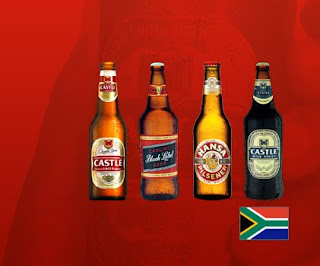Welcome to Durban, the land of Curry and Spice where everything is nice.
On
the edge of the tarmac we got into our car, a piece of shit Kia
Picanto. The airport, which had opened only two weeks earlier, had a
clean shine for the world cup.
And we got the hell out of Durban.
We
took our car up to Pietermaritzburg, the historic capital of the
KwaZulu Natal Region. From there we progressed to the Drakensberg (lit:
“Dragon Mountains” in Afrikaans) to our backpacker led by a curious man
named Ed. The Drakensberg are a stunning mountain chain that hug the
border of Lesotho and are rightly a UNESCO World Heritage Site. They
helped protect the kingdom in its recurring wars with the British
Empire.
Fantastic hiking is what the area is known for. Tranquil
mountain valleys and plateaus overlooking an infinite land define the
mountain chain. We spent two nights and hiked both days there.
Our
second day we drove to an area named “The Amphitheatre,” for the
formation the mountains make. There we hiked to view Tugela Falls, the
second highest waterfall in the world. And once we stood at the end of
the path, a giant boulder and sheer cliff walls blocked us any further
and we looked at where the falls were but we saw nothing because of the
heavy fog.
——-
That same day we trekked up to Swaziland,
only to find the border post closed. 8pm. One remaining border post
closed at 10pm, an hour and a half away.
Two police bakkies
pulled us over as we accelerated down abandoned back roads to the last
border post, our Kia Picanto struggling to maintain speed up hills. A
routine stop, though they were confused why three Americans would be
traveling in North-Eastern SA near the border.
As we sped up
again, a sign warned us, “High Crime Area: DO NOT Stop.” We made it to
the border post at 9:30 to find the South African side a chaotic mess:
people frantically pushing each other get their passports through to the
two open tellers. No semblance of a line. No semblance of order.
Typical.
At 10:10 we made it to the Swazi side where calmness and order presided.
There’s not a whole heck of a lot to do in Swaziland.
Declared
“TBA” on the Swazi calendar is the famed reed festival where the king
has every girl aged 15-19 walk to his palace (yes, walk from the entire
country) to dance half naked for him. He then selects one to be his new
wife. King Mswati currently has 14 wives and 23 children.
We
stayed in the Mlilanwe Nature Reserve, a beautiful park where you can
drive and walk around seeing animals such as Zebra. From there we
visited the capital city of Mbabane, walked up and down the main street,
and declared that there was not much more to see.
We saw the
Sibebe rock, the largest hard rock in the world. The gate guard was
quick to inform us that the largest rock in the world (in Australia)
didn’t really count because it was sandstone. As we all know, only
granite is real rock.
We got to the entrance to climb it and were
told we would have to pay. “But for you, I could charge local rates,”
the guard said. Still, no.
After two nights we booked it down to
Durban, spent the night there trying to find good curry and spent a
little (though definitely not enough) time on the beach. Gorgeous!
Unlike most of SA it’s warm in the winter, being on the Indian Ocean
coast. The city has a distinct vibe from the rest of SA, with a touch of
the subcontinent due to the indentured servants brought over from India
to work the sugar cane fields.

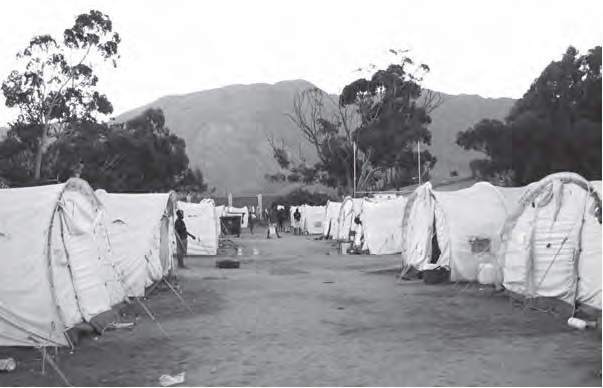
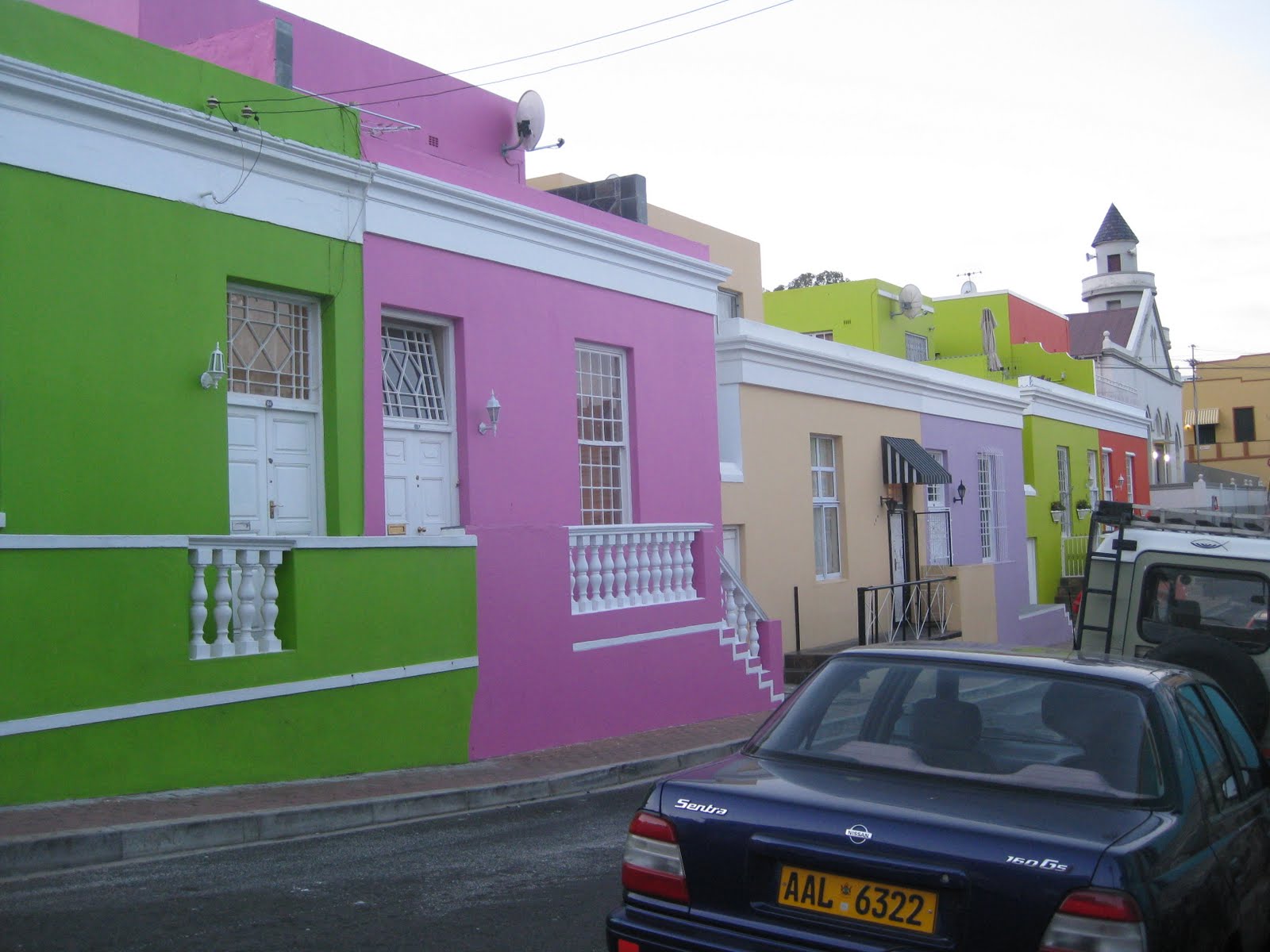
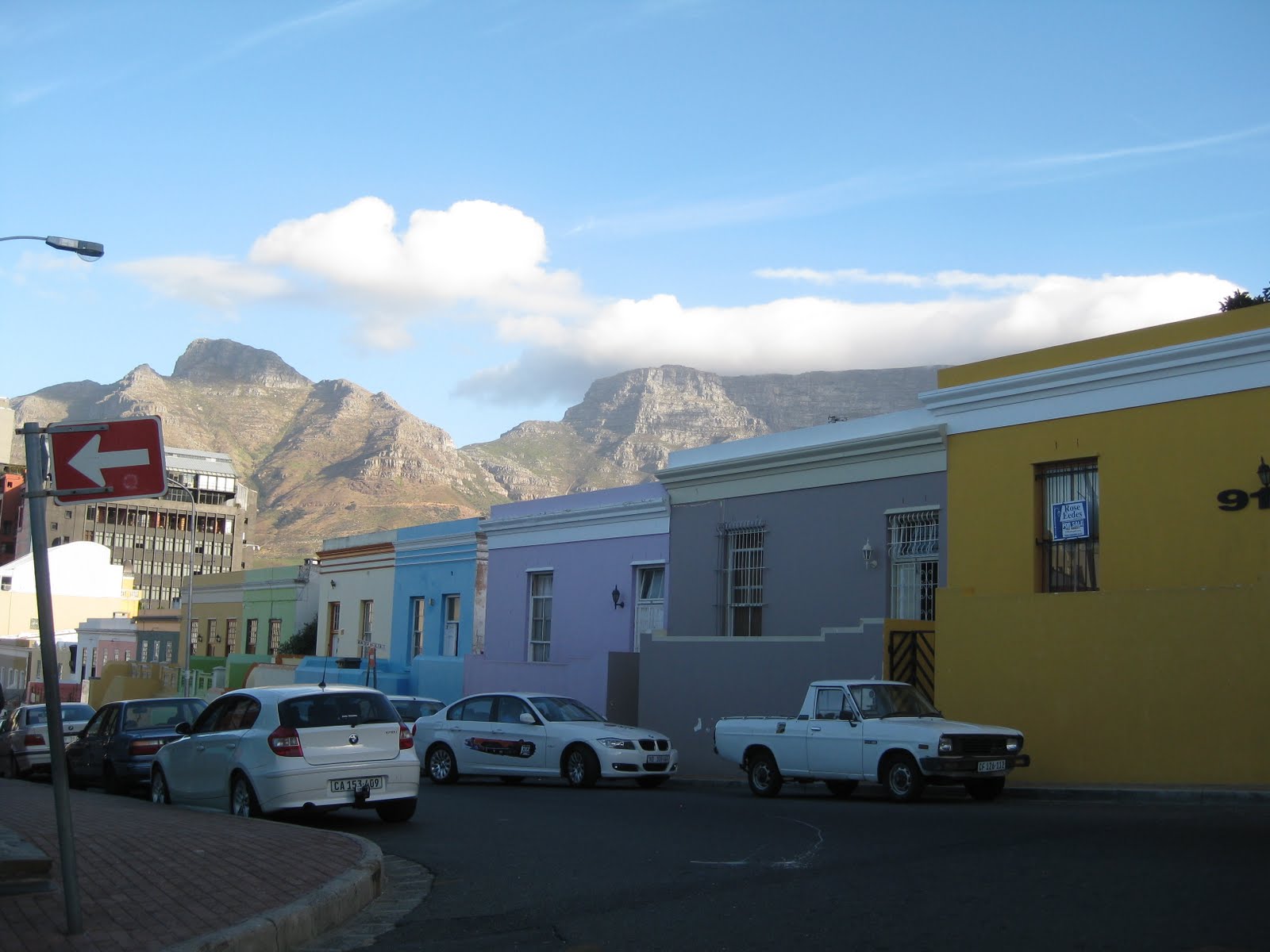
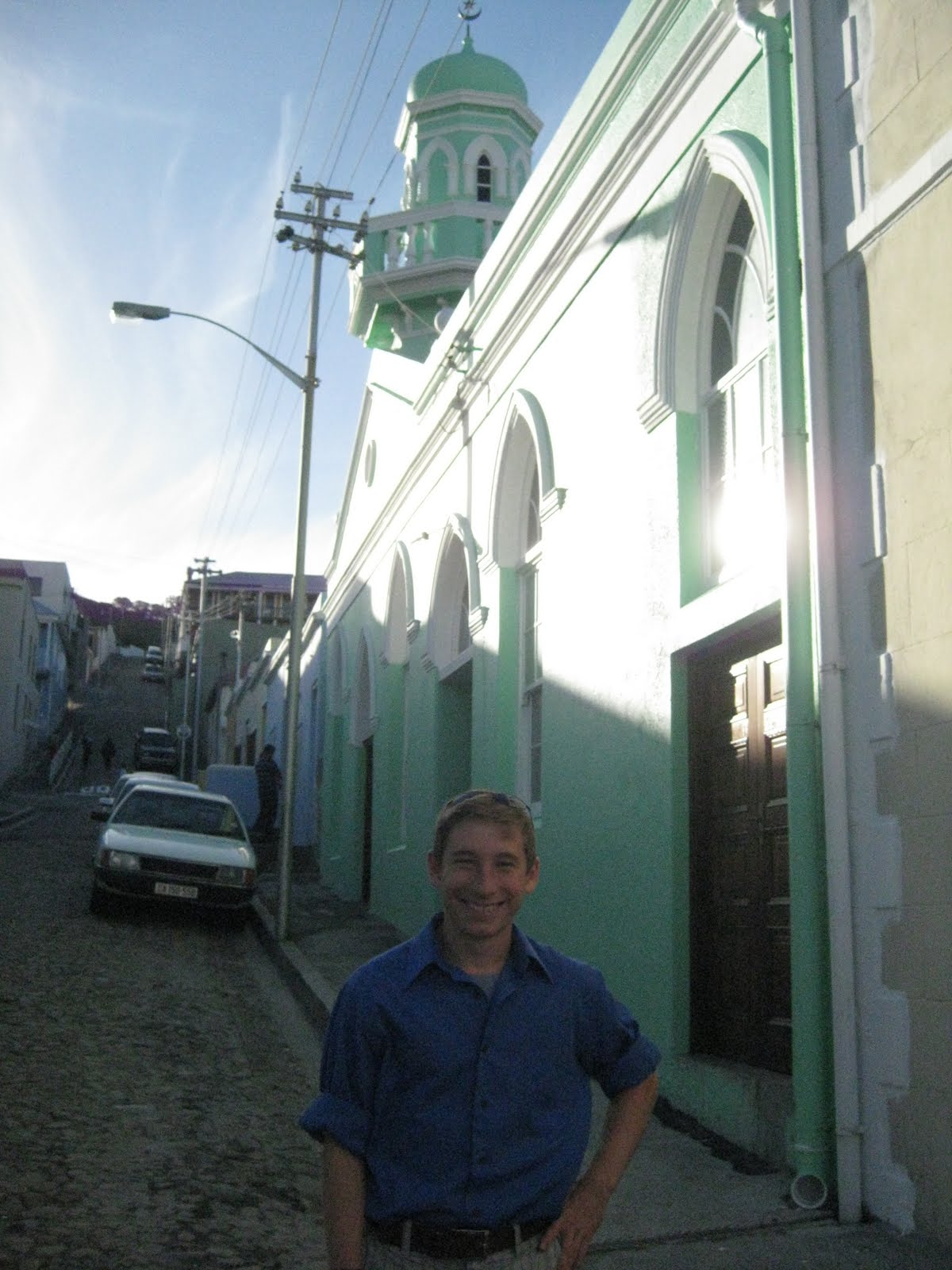 The cobbled streets here are lined with painted houses. As it turns evening, the Muslim call to prayer rings out from minarets nearby. The undulating sound reverberates off the pastel buildings, whose colors shimmer in the sun’s dimming light.
The cobbled streets here are lined with painted houses. As it turns evening, the Muslim call to prayer rings out from minarets nearby. The undulating sound reverberates off the pastel buildings, whose colors shimmer in the sun’s dimming light.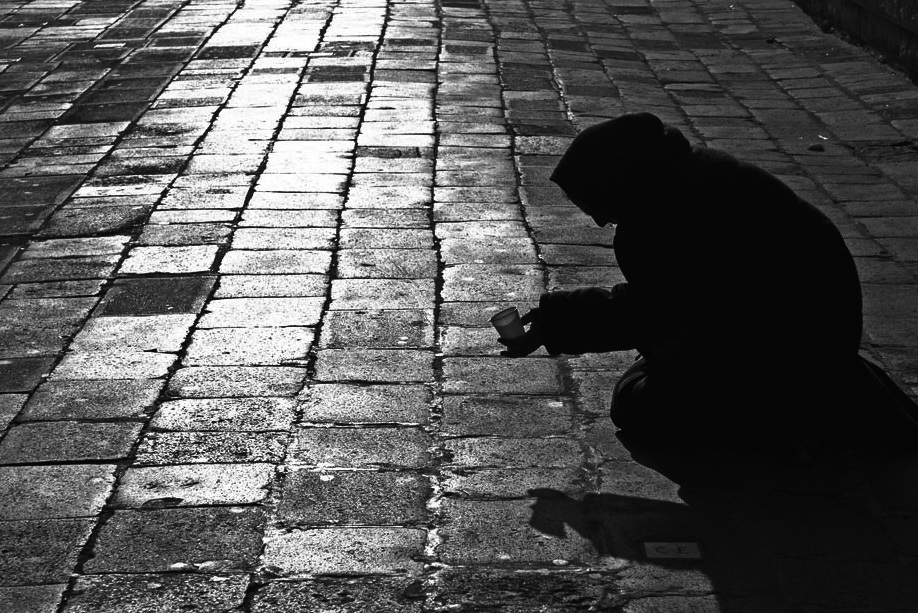








 It is a ghost town. The shops are closed, the windows shuttered and the interiors gutted.
It is a ghost town. The shops are closed, the windows shuttered and the interiors gutted. 







